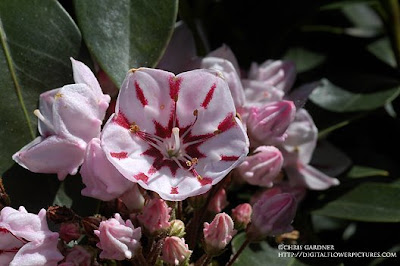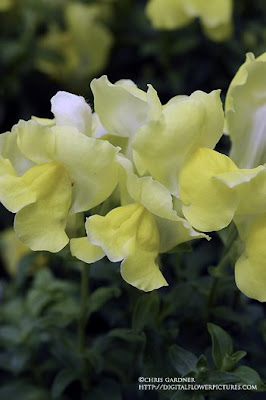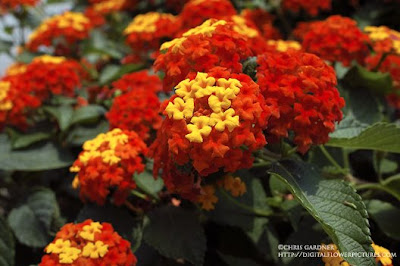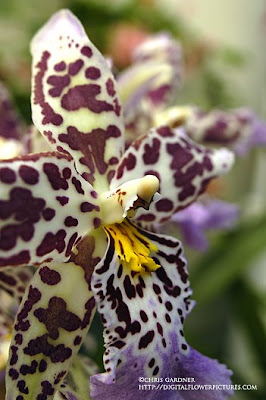
Tickseed
Coreopsis 'Redshift'(kor-ee-OP-sis)
Last year we used two new (to us)
Coreopsis cultivars. There seems to be so many now. These were both ordered from a wholesale nursery without any real idea of how they would perform. Both of them did great and the only test now is if they come back next year. That usually isn’t a problem with
Coreopsis and both of these flowers are rated to USDA Zone 4 (cold).
‘Redshift’ was interesting as the flower colors get more red as the season progresses and the nights get cooler. At 3 feet tall it is a little taller that ‘Sweet Dreams’ and that made it a little more floppy, but livable. This cultivar is from the new ‘Big Bang’ series developed by Darrell Probst of Hubbardston, Massachusetts. He is a leading expert in the field of
Epimediums. I am interested to see where the ‘Big Bang’ series goes.

Pink Tickseed
Coreopsis rosea '
Sweet Dreams'
This plant did really well and each time I visited the garden it was planted in it seemed to be blooming profusely. The color is nice and rich and different from most
Coreopsis. ‘Sweet Dreams’ was a natural mutation from
C. rosea ‘
American Dream’. It took minimal care and produced well in the garden, two good ingredients in any plant.
Coreopsis rosea is a separate species and I don’t think it has the drought and heat tolerance of some of the other species of
Coreopsis. It does look like
C. verticillata (the more common garden plant) but is a bit more delicate. These plants were under irrigation and got a bit of afternoon shade so that maybe the reason they did so well.
We got an ice storm here last night. Luckily it warmed up enough that the last bit was mostly plain rain. The trees are encased with ice and there seems to be some broken branches here and there. Overall it could have been a lot worse.














































